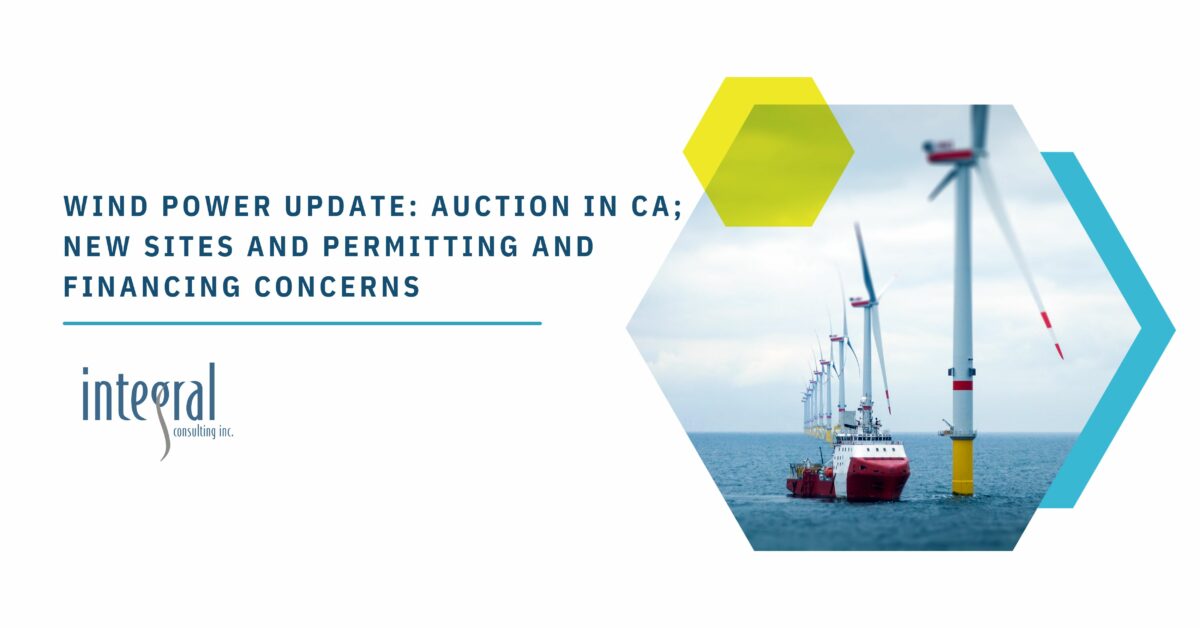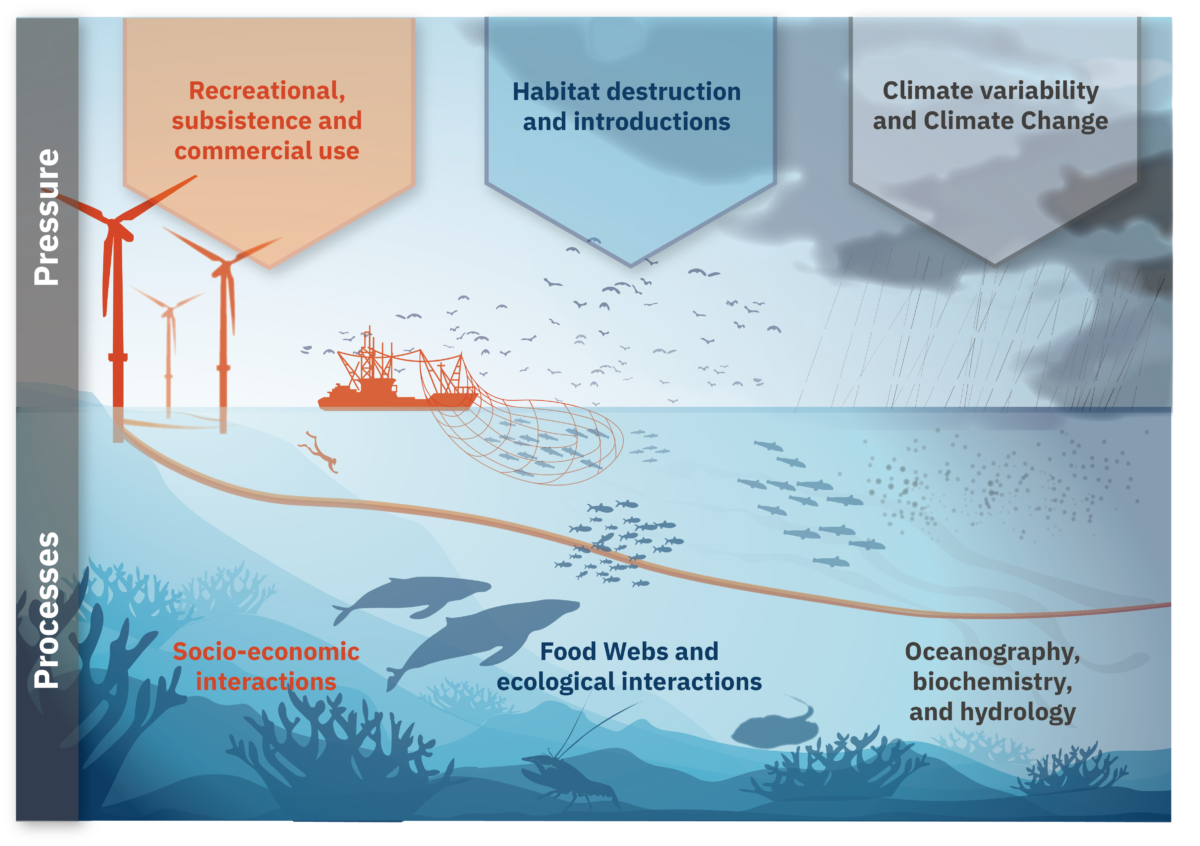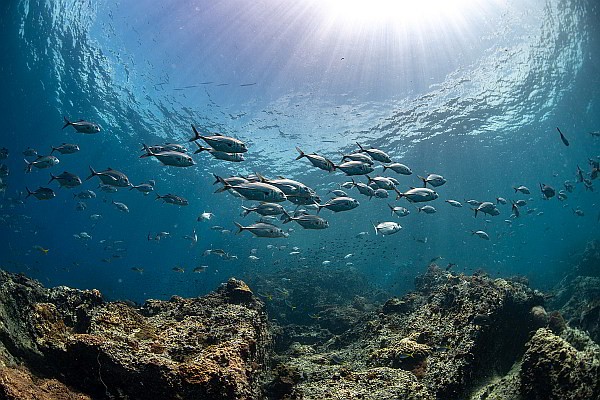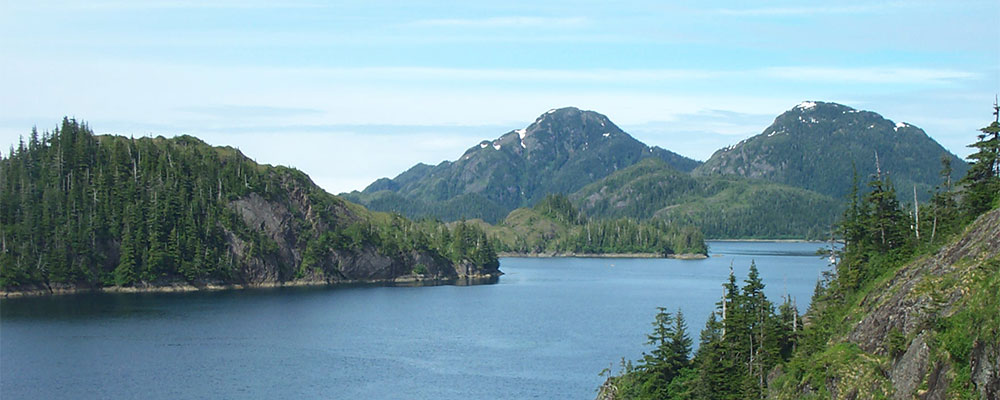
Mr. Damian V. Preziosi is an environmental scientist and risk assessor with more than 25 years of experience in evaluating potential ecological and human health risks associated with exposures to physical, chemical, and biological hazards. He supports clients in North America, South America, Europe, and Asia for work in the energy, chemical, and mining sectors.
Specializing in the assessment, communication, and management of risk, Mr. Preziosi works with clients to develop strategic and cost-effective approaches for managing their environmental liabilities. He is equally adept and experienced in the areas of environmental impact assessment, natural resource damage assessment (NRDA) and traditional risk assessment, making him a highly effective communicator and negotiator across these disciplines. His practice focuses on addressing complex environmental challenges, often involving assessment of project or release impacts to both local conditions and broader ecosystem-level scales over time. Beginning with his early career at the Library of Congress working on science and policy matters, he has gained significant policy experience related to the Endangered Species Act (ESA), National Environmental Policy Act, Marine Mammal Protection Act, Magnuson-Stevens Fishery Act, Superfund (CERCLA), Oil Pollution Act, and Clean Water Act.
Mr. Preziosi’s technical expertise includes risk assessment, injury assessment and causation, ecological modeling, food web analysis, weight-of-evidence analysis, and statistics. He has participated in approximately 100 ecological and human health risk assessments related to large marine ecosystems (LMEs), coastal waters, rivers, and harbors, as well as several types of upland sites, including energy generation and transmission facilities, chemical manufacturing facilities, and mines.
M.S., Biology, Bucknell University, Lewisburg, Pennsylvania, 1994
B.S., Biology and Geology, Juniata College, Huntingdon, Pennsylvania, 1991
Certified Senior Ecologist, Ecological Society of America, 2005
Member, Board of Professional Certification, Ecological Society of America, 2016–2018
Chair, Board of Professional Certification, Ecological Society of America, 2018–2019
Chair, Industry Advisory Council, Ecological Society of America, 2023–Present
American Society of Ichthyology and Herpetology
Ecological Society of America
International Association for Impact Assessment
Member, Section of Environment, Energy and Resources, American Bar Association
Society of Environmental Toxicology and Chemistry
Ecological Applications: Peer reviewer. 2000–Present.
Ecological Modelling: Peer reviewer. 2000–Present.
Environmental Toxicology and Chemistry: Peer reviewer. 1999–Present.
Integrated Environmental Assessment and Management: Peer reviewer. 2015–Present.
2013—EPA peer review panel: Aquatic ecosystem model, AQUATOX.
2012—FIFRA scientific advisory panel nomination: Aquatic ecological risk assessment for chlorpyrifos.
Damian V. Preziosi Managing Principal, Strategic Initiatives Director
Mr. Damian V. Preziosi is an environmental scientist and risk assessor with more than 25 years of experience in evaluating potential ecological and human health risks associated with exposures to physical, chemical, and biological hazards. He supports clients in North America, South America, Europe, and Asia for work in the energy, chemical, and mining sectors.
Specializing in the assessment, communication, and management of risk, Mr. Preziosi works with clients to develop strategic and cost-effective approaches for managing their environmental liabilities. He is equally adept and experienced in the areas of environmental impact assessment, natural resource damage assessment (N...
Mr. Damian V. Preziosi is an environmental scientist and risk assessor with more than 25 years of experience in evaluating potential ecological and human health risks associated with exposures to physical, chemical, and biological hazards. He supports clients in North America, South America, Europe, and Asia for work in the energy, chemical, and mining sectors.
Specializing in the assessment, communication, and management of risk, Mr. Preziosi works with clients to develop strategic and cost-effective approaches for managing their environmental liabilities. He is equally adept and experienced in the areas of environmental impact assessment, natural resource damage assessment (NRDA) and traditional risk assessment, making him a highly effective communicator and negotiator across these disciplines. His practice focuses on addressing complex environmental challenges, often involving assessment of project or release impacts to both local conditions and broader ecosystem-level scales over time. Beginning with his early career at the Library of Congress working on science and policy matters, he has gained significant policy experience related to the Endangered Species Act (ESA), National Environmental Policy Act, Marine Mammal Protection Act, Magnuson-Stevens Fishery Act, Superfund (CERCLA), Oil Pollution Act, and Clean Water Act.
Mr. Preziosi’s technical expertise includes risk assessment, injury assessment and causation, ecological modeling, food web analysis, weight-of-evidence analysis, and statistics. He has participated in approximately 100 ecological and human health risk assessments related to large marine ecosystems (LMEs), coastal waters, rivers, and harbors, as well as several types of upland sites, including energy generation and transmission facilities, chemical manufacturing facilities, and mines.
Applying AQUATOX to Aquatic Mesocosms for Higher-Tier Pesticide Risk Assessment
Poster
April 28 2023Offshore Wind Development News: BOEM Site Assessment and Construction and Operations Phase
Resource
December 08 2022
Wind Power Update: Auction in CA; New Sites and Permitting and Financing Concerns
Press Release
December 02 2022
Renewable Energy: Integral to Chair Session and Present on Offshore Wind at AEHS Amherst
Press Release
October 04 2021



- Environmental Impact Assessment
- Natural Resource Damage Assessment
- Risk Assessment
- Ecological Modeling
- Site Assessment
- Regulatory Compliance
- Remedial Design
- Monitoring
- Policy Analysis

